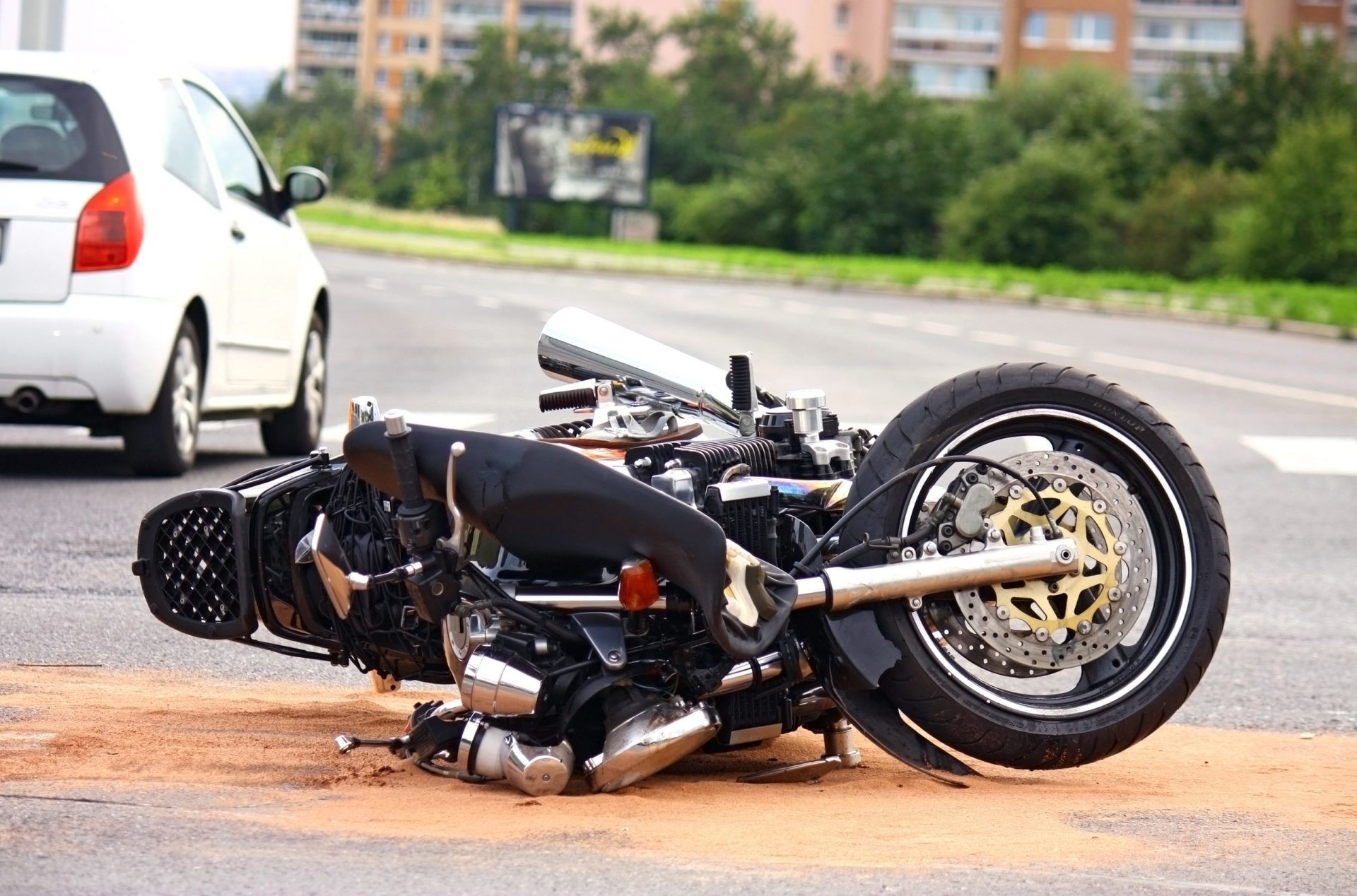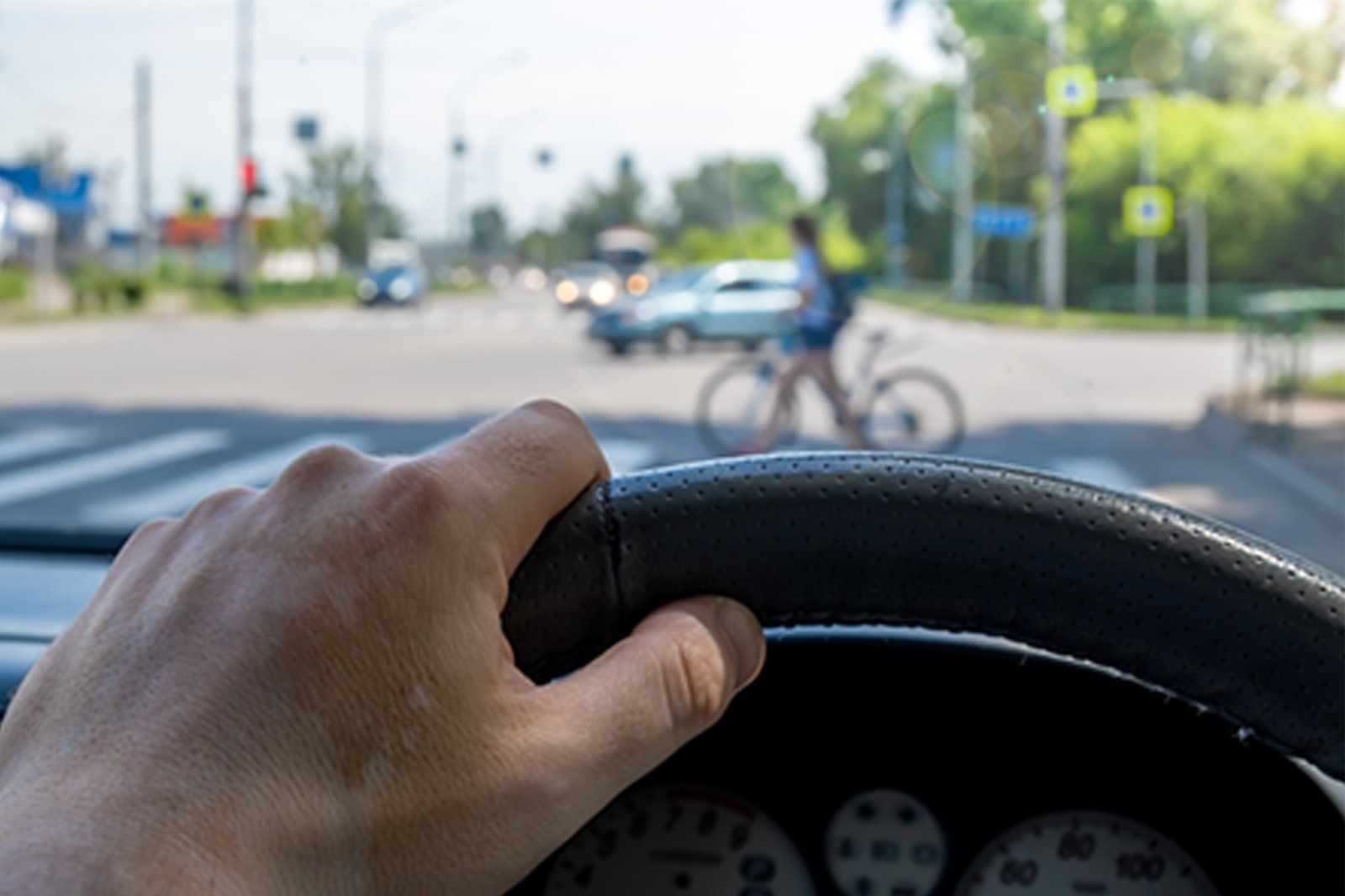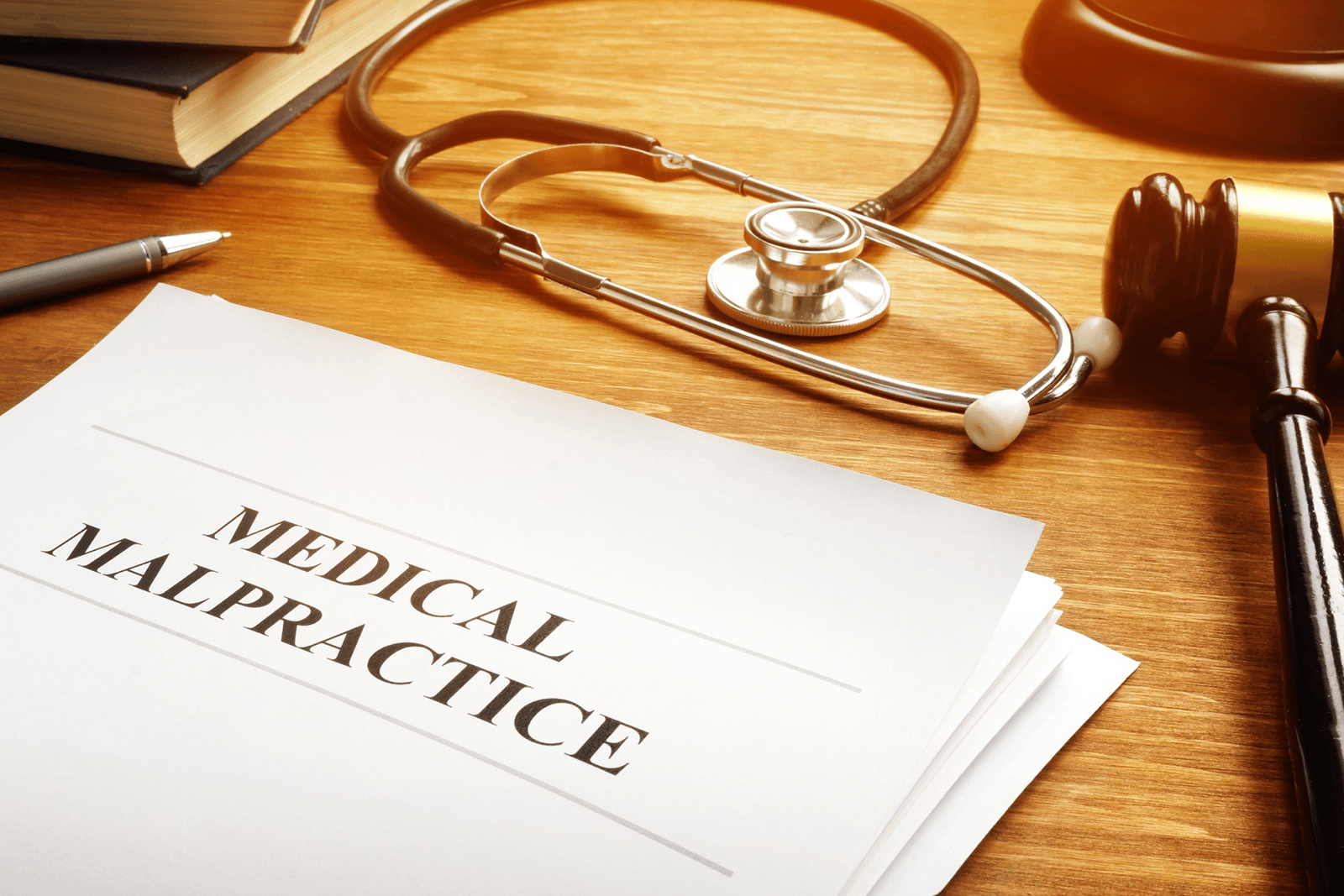How to Prove A Slip And Fall Case in Illinois
According to Injury Facts, slip and fall accidents were ranked the number 1 nonfatal preventable injury in 2017. Everyone is bound to slip and fall at some point in their lives and it’s important to know your rights. For example, if you go to the grocery store and slip on a wet spot, do you have the right to sue? If you choose to file a claim, your lawyer will need to prove that the property owner was responsible for your injuries. There are many factors that go into proving fault and ultimately winning a slip and fall case. This post will dive deeper into a few key pieces involved in a slip and fall case.
PROVING DUTY
The first question you should always ask is, could the property owner have prevented the accident? Was the property owner even aware of the potential hazard that caused the accident? This vital piece of the puzzle is usually referred to as, “duty.” The property owner has the obligation to keep the property safe from dangerous conditions that would cause a person to slip and fall. There is often a question that arises around what is reasonable duty for the property owner? And shouldn’t the person who slipped have exercised more caution? Well, below are some general points the could be proven to win a case:
TYPES OF NOTICE
Usually, it must be shown that an owner, manager, or another person with duty of care should have known of the dangerous condition because any other “reasonable” person in the same position would have known. This implies that the person with a duty of care acted unreasonably by not preventing the injury. This can be a very difficult part of the case because you have to prove whether or not a duty was owed to the injured party. There are two types of notice that can arise:
- Actual notice– This is when the person with duty of care had knowledge of the dangerous condition that caused the injury. This person was actually informed of the condition either by being told or seeing it in person. Actual notice is a very straightforward concept and makes proving fault easier.
- Constructive notice– This means that the person with duty of care should have known about the dangerous condition under the given circumstances while exercising reasonable diligence. This can be more difficult to actually prove because there are a lot of factors to take into consideration. For example, how long did the condition exist and where is it located?
Along with duty, notice is an extremely important aspect of the case to prove. As you can see, there are many factors at play and each situation is different. That’s why it’s important to work closely with an experienced personal injury attorney to make sure you get the most compensation for your injuries.
PROVING HAZARD AND FAULT
In addition to duty and notice, there are a couple more things that should be proven in a solid slip and fall case. First of which is, you need to be able to prove that the condition that caused the injury was in fact a “hazardous condition.” While it may seem obvious to the person that fell that the condition was hazardous, it’s not always as easy to prove to a judge. A condition is considered “hazardous” if it poses foreseeable risk of harm. Potentially hazardous conditions include: uneven walkways, broken floor tiles, icy sidewalks or parking lots, etc. Finally, there needs to be evidence showing that the hazard was responsible for the injuries, proving causation.
Once the situation is deemed hazardous and shown to cause injuries, there are some questions the victim of the fall might be asked when considering who’s at fault for the injuries incurred. For example:
- Were you engaging in any acts that could have prevented you from noticing the hazardous condition? Some examples include: texting, talking on the phone, etc.
- Were you legally allowed to be on the property where the accident occurred? Was there a legitimate reason for you to be on the property owners premises?
- Did you ignore any signs that warned you of the potential hazard such as a caution sign?
- Would a person of reasonable caution in the same situation have acted the same way? In other words, was there a more reasonable way to proceed that would have lessened the chances of injury?
These are all questions that the defense could use to prove that the person that fell was acting careless. In Illinois, you must be less than 51% at fault to recover any damages. This system is called Modified Comparative Negligence. Different states follow different rules regarding liability so it’s important to work with a lawyer that understands your state’s specific rules.
WHITESIDE AND GOLDBERG, LTD.
If you’ve been injured in a slip and fall accident, it’s crucial that you contact a personal injury attorney as soon as possible. If you think you have a claim in the Chicago area, reach out to Whiteside & Goldberg, Ltd. They have experience proving and winning many slip and fall cases and will work hard to get you the compensation you deserve. They offer a free consultation and do not charge you anything until you win a settlement. The experienced attorneys at Whiteside & Goldberg, Ltd. fight to secure your financial future. For more information on slip and fall lawsuits, call 312-334-6875 for the Whiteside & Goldberg Michigan Avenue location and 815-730-7535 for their Shorewood office.
The content of this blog is intended for informational purposes only and does not constitute or establish an attorney-client relationship, nor constitute legal advice. If you wish to discuss any further aspect of the material contained herein, please contact an attorney at Whiteside & Goldberg, Ltd.





